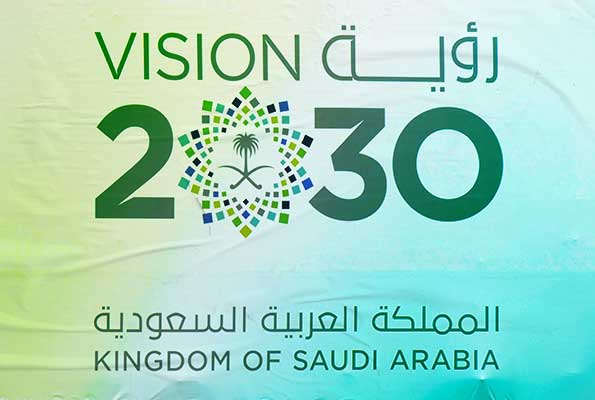Over the past few years, Saudi Arabia has undergone significant transformations in various industrial and logistics sectors. Known as ‘Vision 2030’, this ambitious plan aims to diversify the economy and decrease dependence on oil revenues.
One critical aspect of this plan is the National Industrial Development and Logistics Program (NIDLP), which seeks to develop the Kingdom into a leading industrial powerhouse and a global logistics hub.
Overview Of The NIDLP
Launched in 2019, the NIDLP aims to attract private investment, create jobs, develop strategic industries, increase exports, and enhance the overall competitiveness of the Saudi economy. The program has a budget of more than SAR 1.3 trillion (USD 347 billion) and encompasses various sectors, including mining, energy, manufacturing, and logistics.
The NIDLP also aims to develop infrastructure, such as ports, railways, and airports, to enhance the country’s transportation and logistics capabilities. The program also focuses on developing human capital and promoting research and innovation to enable the creation of high-value-added industries.
The program also aims to transform the Kingdom into a leading industrial powerhouse and global logistics hub by maximizing the value of its mining and energy sectors while unlocking the full potential of local content and the 4th Industrial Revolution (4IR). It has achieved numerous milestones since its commencement, such as launching the most significant geological survey program for the Arabian Shield region, multiple utility-scale renewable energy projects, and the “Saudi Made” program.
In addition, the program focuses on developing world-class infrastructure for its sectors, designing new policies and regulations to unlock value, increasing the value of the Kingdom’s resources, and improving global connectivity and access to markets.
The program identified 12 key objectives to drive the economy’s growth. These objectives include developing adjacent oil and gas industries, localizing promising manufacturing industries, and localizing military sectors to stay on target with the ‘Saudi 2030’ vision.
Additionally, the program aims to create special zones and rehabilitate the Kingdom’s urban areas, grow and capture maximum value from the mining sector, raise gas production and distribution capacity, enhance the energy sector’s competitiveness, improve the performance of logistics hubs, enhance trade and transport networks’ connectivity, increasing the local content in non-oil sectors and localize the energy sector further.
Recent Successes & Challenges
The NIDLP has achieved significant progress over the past two years, with several projects underway. In 2020, the program inaugurated the King Salman Energy Park (SPARK), a massive industrial complex that houses several energy-related industries. Additionally, the NIDLP signed several agreements with international firms, including a deal with South Korea to develop a hydrogen fuel cell industry in the country.
Despite these successes, the program faces several challenges, including the need for private investment, access to specialized skills and knowledge, and regulatory hurdles. While the Saudi government has invested substantial funds in the program, attracting private investors remains crucial to achieving the NIDLP’s targets.
Economic, Social, & Environmental Impacts
The NIDLP has significant economic, social, and environmental impacts on the country. As of 2022, the NIDLP had created more than 1.3 million jobs and contributed to a 16% increase in the country’s non-oil GDP. Additionally, the NIDLP has a substantial social impact, providing employment opportunities for Saudi nationals, particularly in the manufacturing and logistics sectors.
The program also has positive environmental impacts, aiming to promote sustainable development and reduce the country’s carbon footprint. For example, projects like the hydrogen fuel cell industry have the potential to reduce carbon emissions significantly.
Future Prospects
The NIDLP is a vital program that has the potential to contribute significantly to the growth of the Saudi economy and the realization of ‘Vision 2030’. As the program progresses, it will be essential to address its challenges and attract more private investment.
Additionally, the program must continue to focus on developing human capital, promoting research and innovation, and embracing sustainable development practices.
Conclusion
NIDLP has achieved significant progress quickly. Through its various initiatives and projects, the program has the potential to transform Saudi Arabia into an economic and industrial powerhouse and a global logistics hub.
Despite the challenges, the program’s prospects are positive, and it is expected to play a critical role in achieving ‘Vision 2030’ and creating a prosperous and sustainable future for the Kingdom.



